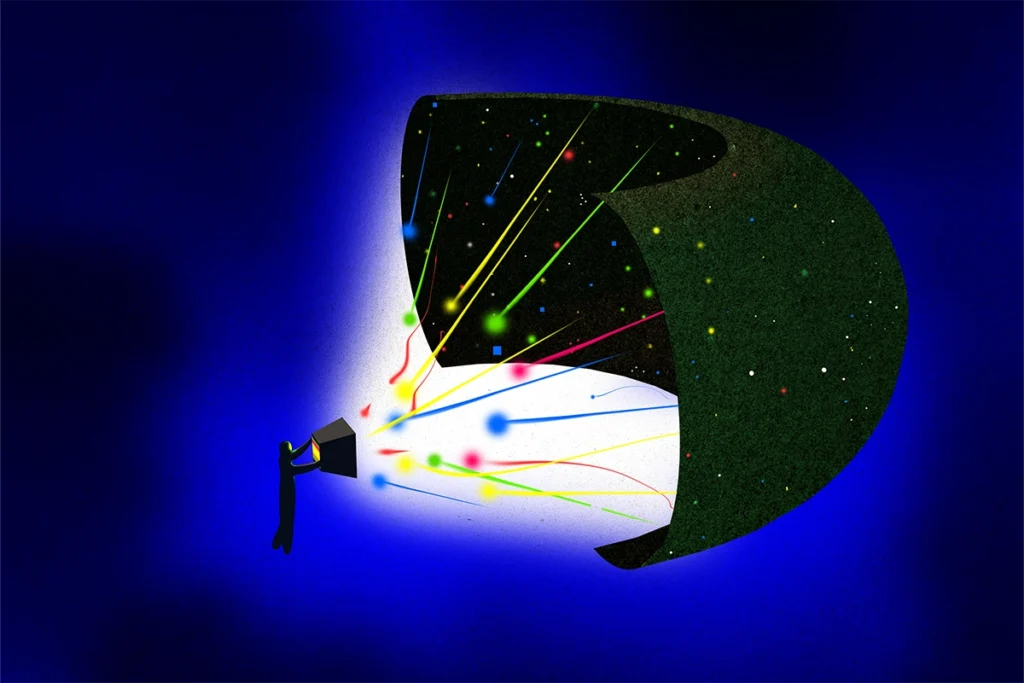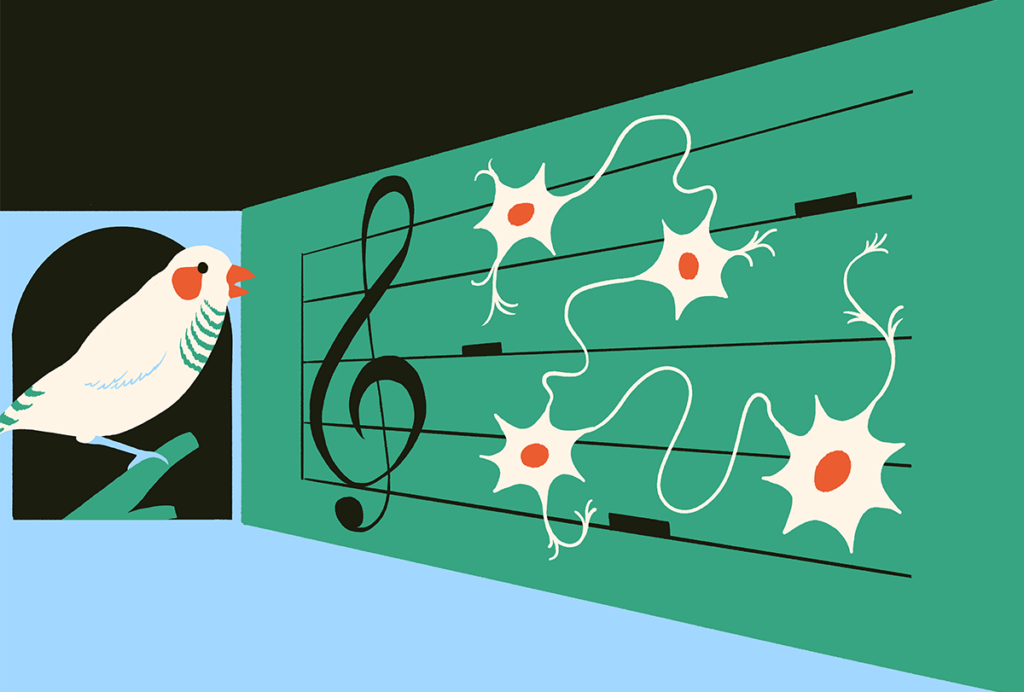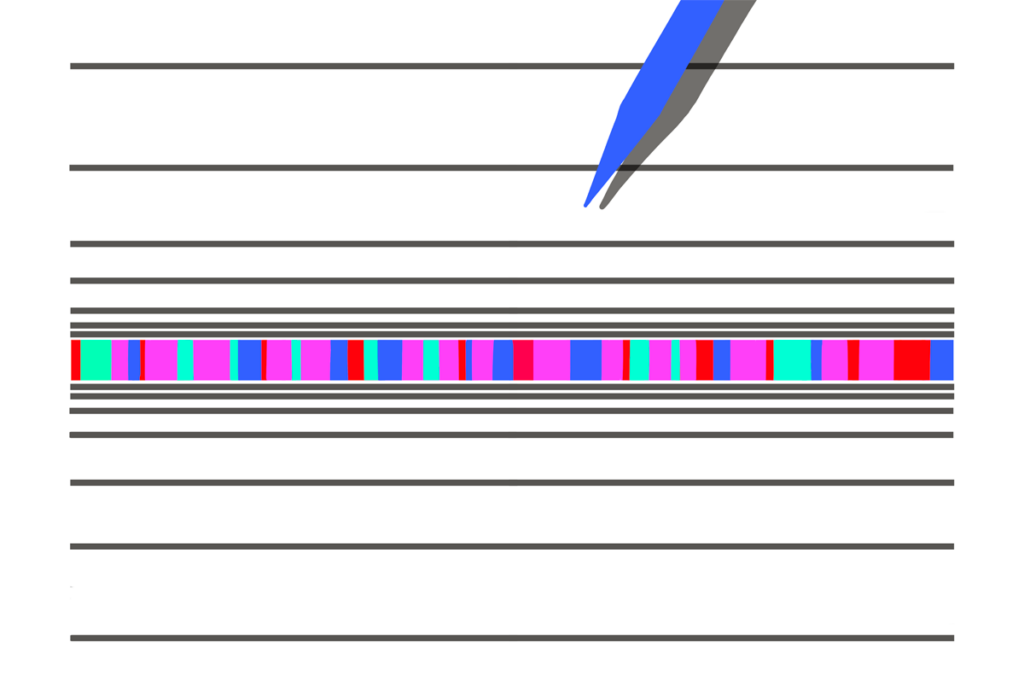This paper changed my life: ‘Response of hippocampal synapses to natural stimulation patterns,’ by Dobrunz and Stevens
The work demonstrated how to effectively combine controlled in-vitro experiments and the messiness of natural brain patterns.
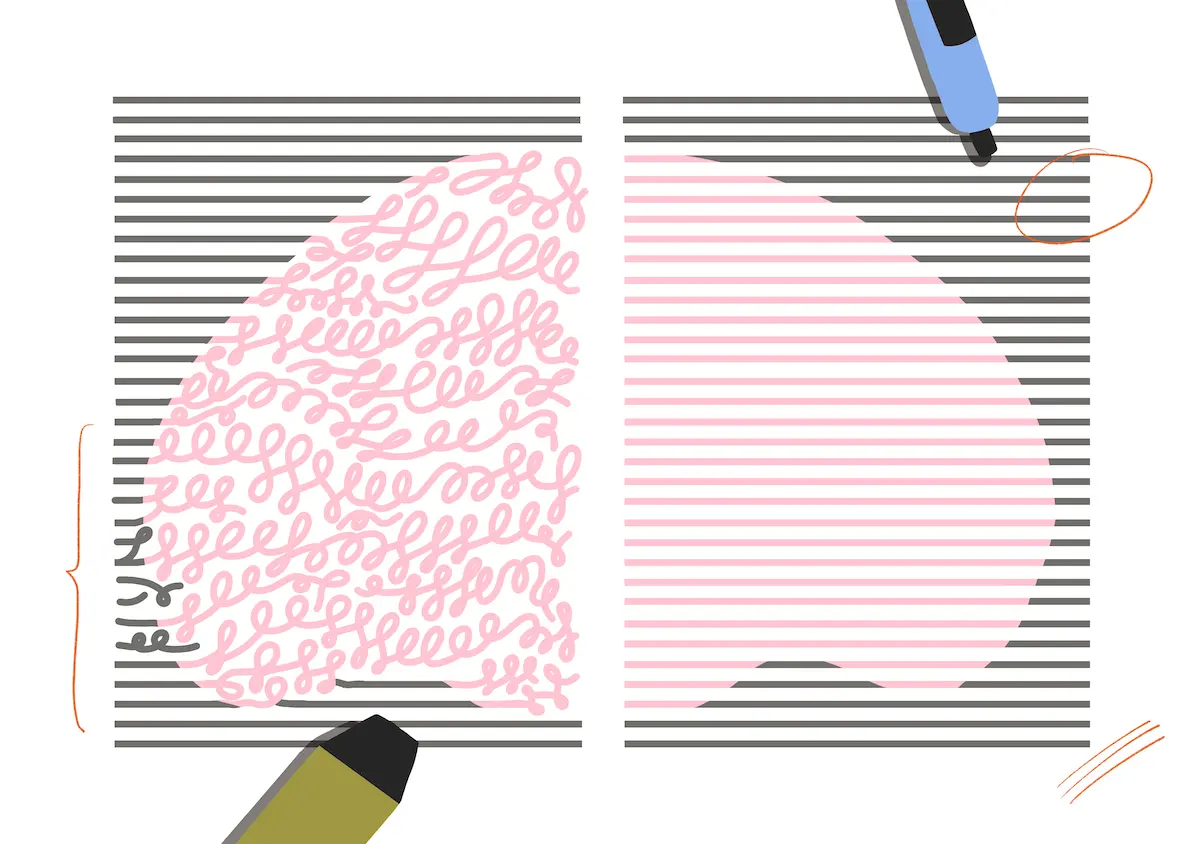
Answers have been edited for length and clarity.
What paper changed your life?
Response of hippocampal synapses to natural stimulation patterns. L.E. Dobrunz and C.F. Stevens Neuron (1999)
Lynn Dobrunz and Charles Stevens described how natural stimulus patterns from in-vivo recordings can trigger synaptic plasticity when applied to hippocampal slices in vitro.
They recorded synaptic activity in hippocampal slices while playing back spike trains recorded in behaving rats in previous work by Robert Muller and Andre Fenton. They found that synaptic responses to natural spike train stimulation patterns were complex but reliable for a given cell across trials. Despite the trial-by-trial robustness, the responses within a trial per stimulus fluctuated because of contributions from short-term facilitation and depression. They also showed that playing a natural stimulus pattern could induce long-term potentiation, likely as the result of some high-frequency bursts.
When did you first encounter this paper?
It came out when I was starting graduate school in 1999. I remember reading it during my first-year rotation in Robert Zucker‘s lab at the University of California, Berkeley.
Why is this paper meaningful to you?
I went to Berkeley to join Yang Dan‘s lab as a Ph.D. student. At the time, Yang was working on the visual system, looking at responses of LGN and V1 to natural scenes. I was interested in long-term synaptic plasticity in the visual cortex, which had mostly been studied with standardized induction protocols, such as 100 hertz bursts. This paper took a totally different approach to studying plasticity and showed in principle that complex patterns might induce LTP in the hippocampus. I also liked the direct connection between the in-vivo recordings and the in-vitro studies.
How did this research change how you think about neuroscience or challenge your previous assumptions?
At an early stage in my training, it clarified for me that it was acceptable, maybe even essential, to both perform well-controlled parametric experiments and to embrace the messiness and complexity of real brains.
How did this research influence your career path?
This and the work of Dominique Debanne at Aix-Marseille University were foundational for my own Ph.D. studies, using spike trains recorded in vivo to induce spike-timing-dependent plasticity. We aimed to systematically scale up the complexity to understand how “natural” bursts might lead to LTP or LTD, first using zero or one spike, then two paired pre- and postsynaptic spikes, and three or four spikes for induction.
My first first-author paper, published in Nature in 2002, was from that earlier era of in-vitro studies and was similar to Dobrunz and Stevens’ paper in terms of our straightforward experimental design. There were several ideas baked into their paper that still influence how I design projects and write papers: Recordings in brain slices can provide some mechanistic insight; real activity patterns—neural or behavioral—are complicated but interpretable; short-term and long-term plasticity are related; and experiments should be parametric in their design.
Also, I went to art school for a year or so and then gave up artmaking. But writing that paper and designing the figures in Yang’s office felt as creative as anything I had done in the studio.
Is there an underappreciated aspect of this paper you think other neuroscientists should know about?
The introduction is what blew my mind. It is sincere and direct in addressing the contrast between studies with controlled stimulus design versus the messy patterns of neural activity observed in vivo—a major tension in neuroscience that remains to this day.
Recommended reading
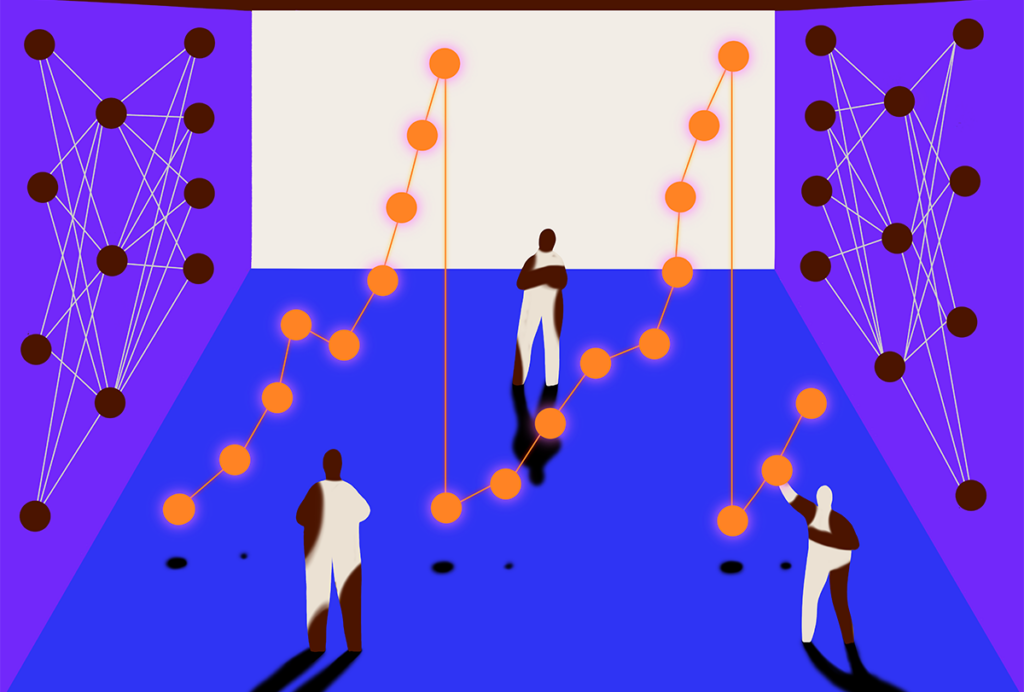
This paper changed my life: Dan Goodman on a paper that reignited the field of spiking neural networks
Explore more from The Transmitter
